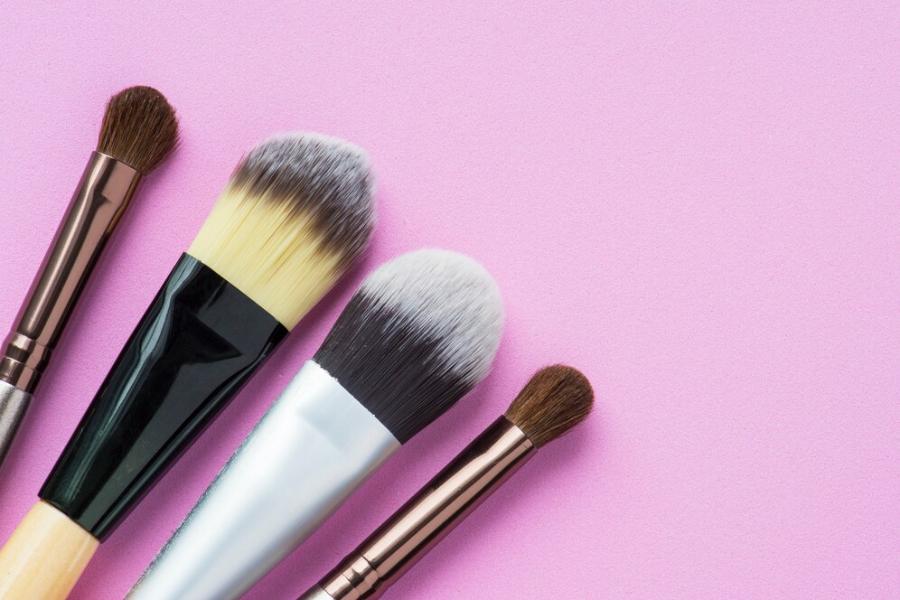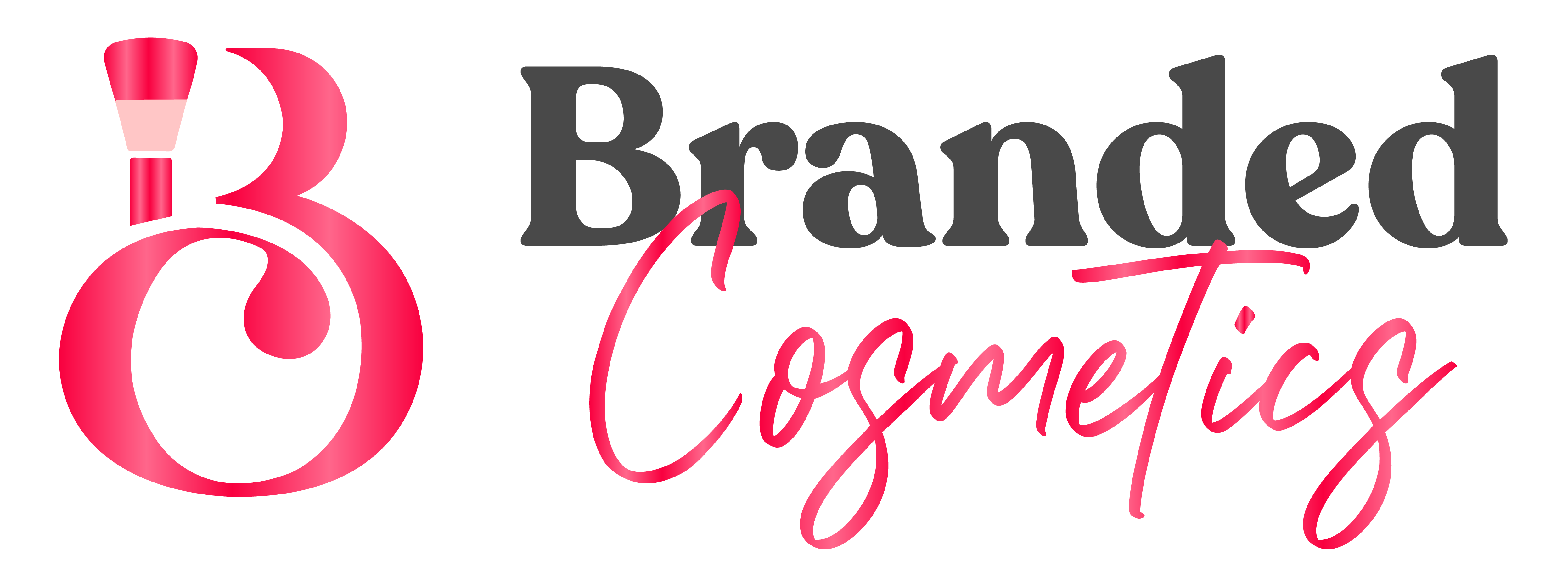Makeup Brushes : Types, Uses, and Maintenance

Makeup is an art, and like any artist, you need the right tools to achieve a flawless look. Whether you’re applying lipstick, lip gloss, or face foundation, the right makeup brushes can make all the difference. From blending to contouring, each brush serves a specific purpose. In this comprehensive guide, we will explore the different types of makeup brushes, their uses, and how to maintain them for long-lasting performance.
Types of Makeup Brushes and Their Uses
1. Face Brushes
Face brushes are essential for applying foundation, powder, blush, and bronzer. These brushes ensure that makeup is applied smoothly and evenly, preventing patchiness and streaks.
a. Foundation Brush
A foundation brush is designed for smooth and even application of face foundation. There are two main types:
- Flat Foundation Brush: Ideal for liquid foundations, this brush ensures full coverage with minimal product wastage. It is perfect for achieving a polished look, especially for special occasions. The flat shape allows precise application and is great for layering products in areas that need extra coverage.
- Buffing Brush: A dense, round brush that helps blend foundation seamlessly into the skin for a natural look. This brush works well for daily wear, providing a smooth, airbrushed finish. Buffing brushes are excellent for working foundation into the skin without streaks, making the overall appearance seamless and radiant.
For best results, apply foundation using gentle, circular motions to blend seamlessly into the skin. A common mistake is pressing too hard, which can lead to uneven application. Instead, lightly buff the foundation into the skin for a flawless, long-lasting finish.
b. Powder Brush
A large, fluffy brush is used to apply loose or pressed powder, ensuring a smooth, natural finish. This brush is perfect for setting the foundation and minimizing shine, especially in the T-zone where oil buildup is common.
The powder brush can also be used for bronzer application, allowing a soft and blended sun-kissed look. A good technique is to tap off the excess powder before applying it to avoid a cakey appearance. If using setting powder, press the brush lightly onto the skin rather than sweeping to lock in the foundation.
c. Blush Brush
This medium-sized brush has soft bristles designed for applying blush to the cheeks. It allows you to build up the colour gradually for a natural flush. Blush brushes are often rounded or slightly angled for controlled application.
To get a perfect blush look, start with a small amount of product on the brush and apply in soft, circular motions, focusing on the apples of the cheeks. Blend outward for a seamless finish. A good blush brush should be soft and flexible to prevent harsh lines. For a natural glow, choose a shade close to your skin tone and layer as needed.
d. Contour Brush
A contour brush has an angled design, making it ideal for defining cheekbones and adding depth to the face. It works well with both powder and cream contour products, helping to sculpt the face with precision.
For contouring, apply the product in the hollows of the cheeks, along the jawline, and on the sides of the nose for a sculpted effect. Blend well to avoid harsh lines. A precise contour brush helps create definition while ensuring that the product doesn’t look muddy or too intense. Beginners should start with a light application and build up gradually to avoid an unnatural look.
e. Highlighter Brush
A small, tapered brush designed to apply highlighter to the high points of the face, such as the cheekbones, brow bone, and nose bridge. Highlighter brushes come in various shapes, from fan brushes to tapered blending brushes, each offering different levels of intensity.
The best way to use a highlighter brush is to lightly sweep the product onto the skin, building up the glow gradually for a natural, radiant finish. Choosing the right highlighter brush helps in achieving a soft, glowing effect rather than an overly shimmery look. To enhance the glow, lightly mist the brush with a setting spray before applying the highlighter.
2. Eye Brushes
Eye makeup brushes are essential for creating detailed and precise looks. Here are some key brushes used for eye makeup application:
a. Eyeshadow Brush
A flat, dense brush designed to pick up and pack eyeshadow onto the lids. It works well with both powder and cream eyeshadows, ensuring even colour application.
To apply eyeshadow effectively, use patting motions to deposit colour and blending motions to soften harsh edges. Having different sizes of eyeshadow brushes helps in applying colors with more precision. If using glitter or shimmery shadows, dampen the brush slightly to enhance the pigment and minimize fallout.
b. Blending Brush
A fluffy brush that helps blend different eyeshadow shades seamlessly for a soft, natural finish. Blending brushes are essential for transitioning between colours, creating a gradient effect.
The key to flawless eye makeup is blending. Always use a clean blending brush to smooth out transitions between colours. A high-quality blending brush ensures that eyeshadows are well-diffused and that there are no harsh lines. For a smoky eye effect, use a windshield wiper motion along the crease.
c. Crease Brush
A small, tapered brush is used to apply darker shades to the crease of the eyelid for added depth and dimension. This brush helps define the eye shape and create a more dramatic look.
For a professional eye look, use windshield wiper motions to apply crease colours, making the eyes appear more defined. A well-designed crease brush enhances eye shape and creates a more structured look. Beginners should start with neutral shades to practice blending techniques before experimenting with bold colours.
d. Eyeliner Brush
A fine, angled brush that allows for precise application of gel or powder eyeliner. It is perfect for creating sharp lines and winged eyeliner looks. The firmness of the bristles helps in controlling the thickness of the eyeliner stroke.
For best results, dip the brush into your eyeliner and apply in small strokes along the lash line, building up intensity as needed. An angled eyeliner brush makes it easier to achieve a sharp, dramatic wing. To achieve a softer look, smudge the liner slightly with a small blending brush.
e. Brow Brush
An angled brush is used to apply brow powder or pomade to shape and define eyebrows. Many brow brushes come with a spoolie on the other end to help blend the product and create a more natural look.
Using a brow brush, start by outlining the shape of your brows, then fill in sparse areas using short, hair-like strokes. Having a spoolie brush on the other end helps in blending the product naturally. A well-groomed brow frame enhances facial features, making makeup look more polished.
Conclusion
Makeup brushes play a crucial role in achieving a flawless look, whether you’re applying face foundation, lipstick, or lip gloss. With the right tools and techniques, you can master the art of makeup effortlessly! Taking care of your brushes and using them correctly ensures they last longer and provide the best results. By understanding different brush types and their uses, you can elevate your makeup game and achieve professional-looking results at home.
FAQS
Should I clean makeup brushes daily?
It depends on usage. For foundation and concealer brushes, cleaning daily is ideal to prevent bacteria buildup. Eyeshadow and powder brushes can be cleaned weekly. Regular cleaning maintains brush quality and ensures better makeup application.
What is the best makeup brush cleaner?
A gentle brush cleanser or baby shampoo works best. Look for alcohol-free formulas to prevent drying out the bristles. Some brands offer solid brush cleansers or sprays for quick cleaning.
How long do makeup brushes last?
With proper care, high-quality makeup brushes can last several years. Synthetic brushes tend to wear out faster than natural ones. Replace brushes when bristles start shedding or lose their shape.
What is the best solution for makeup brushes?
A mixture of mild soap and lukewarm water is a great DIY solution. You can also use micellar water or a dedicated brush cleanser for deep cleaning. Avoid harsh detergents to prevent damage.
What product to use to clean brushes?
Use a specialized brush cleaner, baby shampoo, or a mix of gentle dish soap and olive oil. A silicone brush cleansing mat can help remove stubborn makeup residue more effectively.
